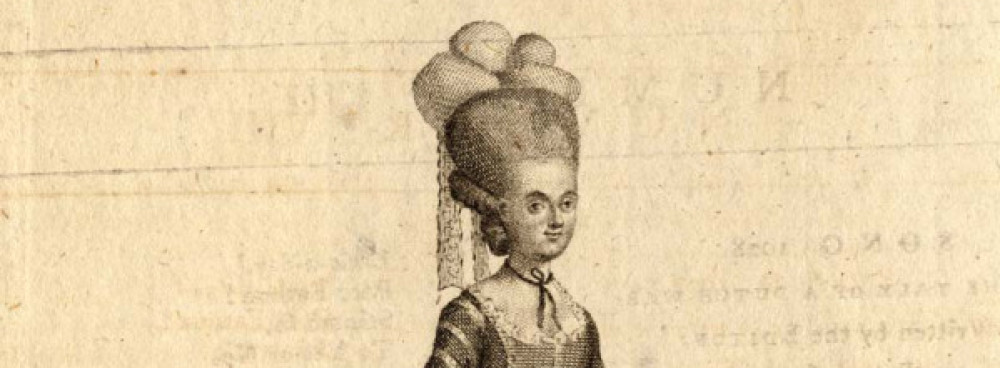This project considers the theatrical careers (roles, performances, travels) of 18th century transplanted British female celebrities in an effort to increase understanding of theatrical practice (most popular plays, career arcs, changing acting styles) in the first permanent theatres of the United States (Philadelphia, New York, Charleston, Boston) as well as the larger social and cultural history of women in the early United States.
These actresses were important to American theatrical history (and American social history) for several reasons. They all came to the United States in the 1790s from England and Ireland, where they had performed in various theatres; however, in most cases, the careers that they forged in the United States were much more successful, even though two were over forty years of age, and four inspired disparaging remarks about their physical appearance. Despite these potential liabilities, however, each of these women not only “starred” in a home theatre but also joined different companies in pursuit of summer work or better opportunities in the regular season. In addition to braving the hazards of travel, these actresses also routinely arranged their own contracts with male theatre managers and were paid as well or better than male actors. Finally, three lived for musch of their careers without a spouse (although they retained the title of ‘Mrs”), and yet all enjoyed the respect of the public, winning accolades for their virtue and their benevolence. The public’s admiration of these women is particularly interesting in light of their appearances on public stages in an era in which profession, in Americans’ harbored lingering suspicion about the morality of players.
The study rests on secondary sources such as articles about eighteenth century drama and theatre in England and in the United States, biographies and histories of actresses, studies of gender roles and changing public opinion of celebrity in the late eighteenth century, history of society in the Early Republic, studies of women’s experiences in early American history, and histories of specific theatres. Primary sources include eighteenth century plays, sheet music, memoirs and diaries, histories by contemporaries of the actresses, and historical newspapers.


